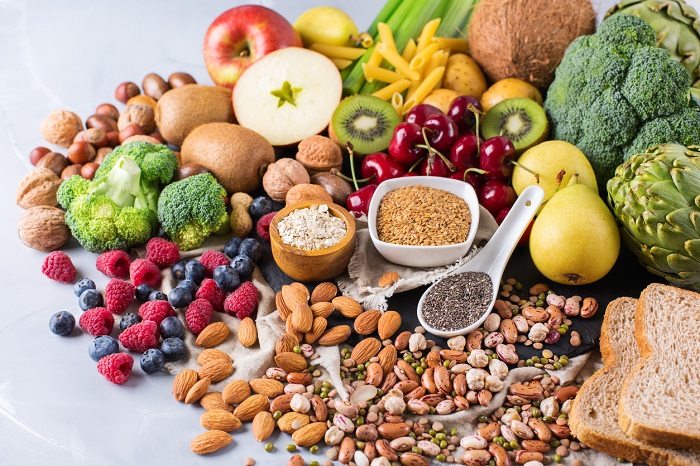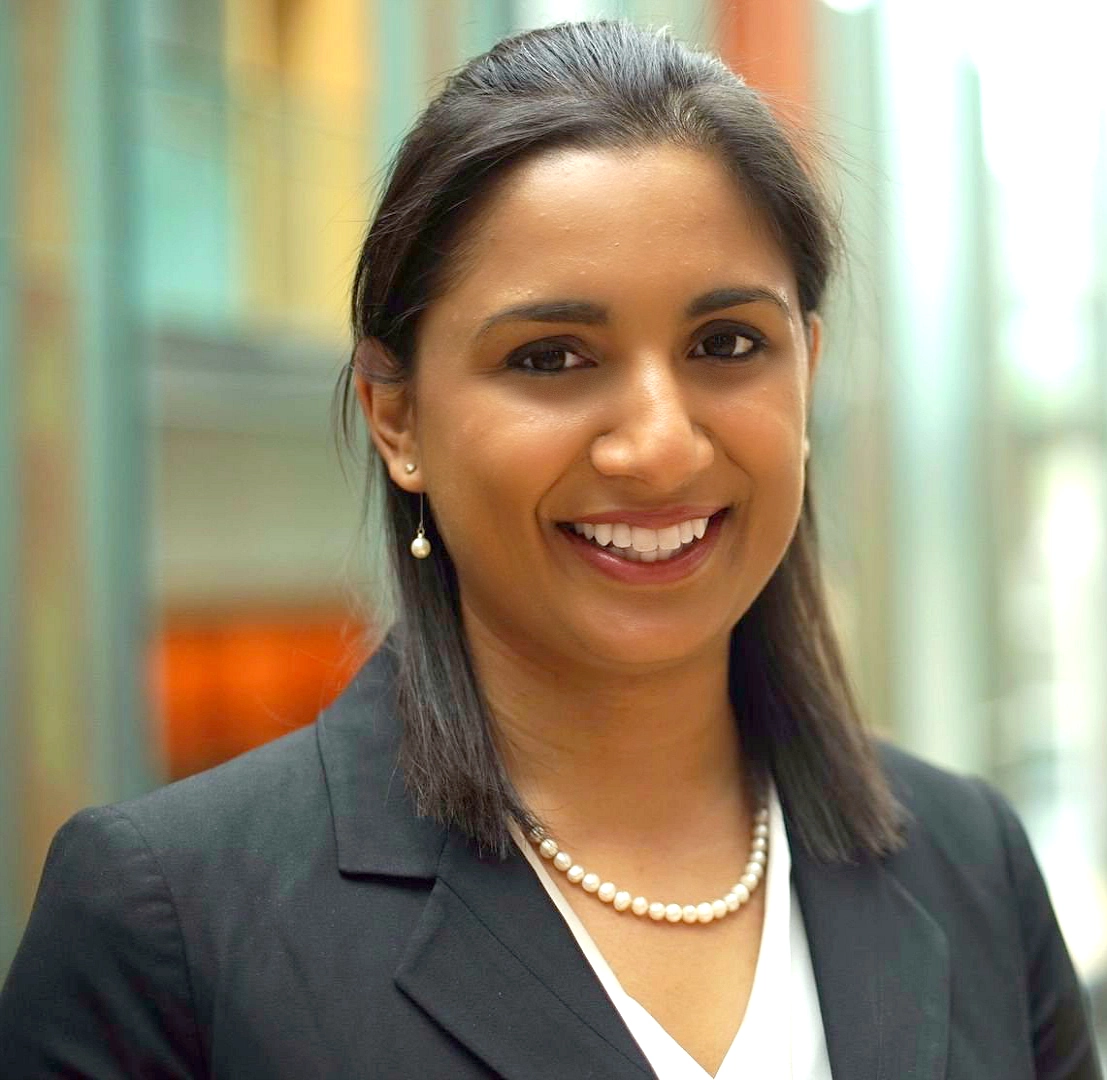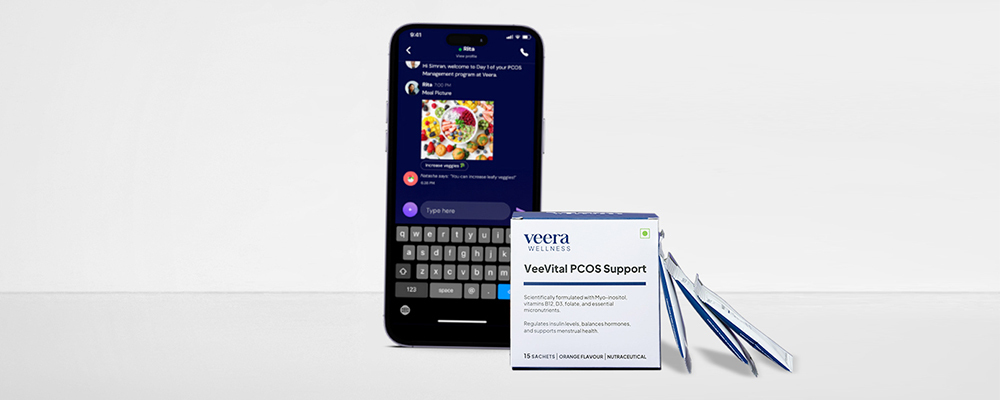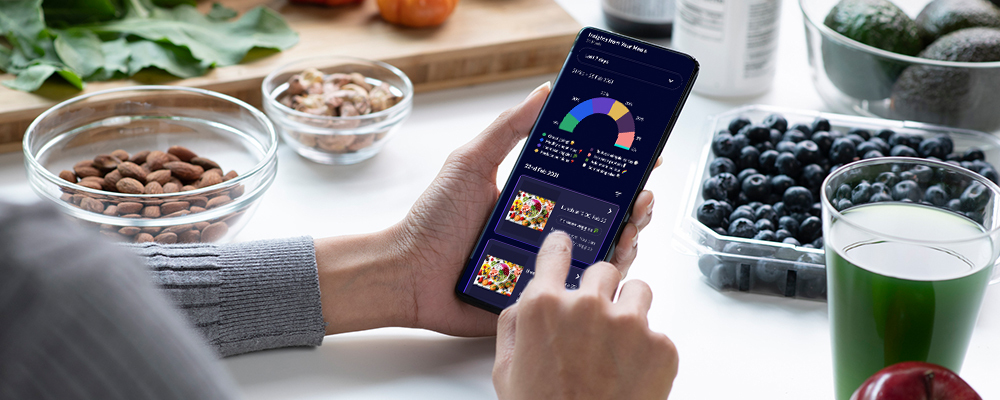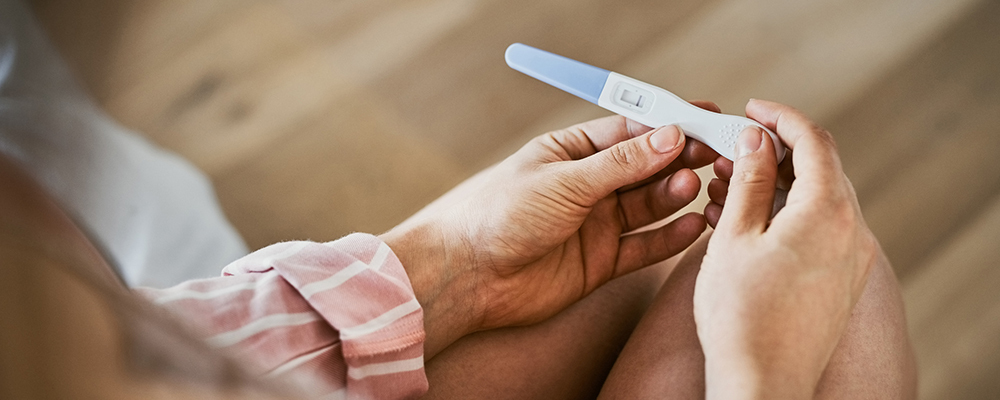Getting to know your menstrual cycle is more than just a biology lesson. After all, this monthly process affects your fertility, metabolism, skin, hair and mental health, amongst other things. So, it’s essential to know what it is (spoiler alert – your period and menstrual cycle are not the same thing) and what really happens with your hormones.
The What and The Why
The menstrual cycle is a highly coordinated series of hormonal changes that prepares our body each month for pregnancy. Several hormones work together to release an egg from the ovary (called ovulation), which then travels down the fallopian tube to meet a sperm cell (from a male partner) to make an embryo. This process is called fertilisation.
Next, the newly formed embryo travels to the uterus, where it implants into the lining (endometrium). Before this embryo implants, certain hormones signal to the endometrium to grow thick and full of nutrients to receive the new embryo. If fertilisation doesn’t take place, when the unfertilised egg reaches the uterus, the body realises that it is not pregnant, therefore it sheds the endometrium and that’s what we see every month as bleeding (menses or periods).
Phases of the cycle
The average menstrual cycle is 28 days but can range between 21-35 days. It starts from Day 1 or the first day of menses until the beginning of the next menses. The cycle has two main phases spilt up by menstruation and ovulation.
Menstruation
When your body realises that the egg is not fertilised, there is a drop in progesterone and oestrogen hormones, causing menstruation. On average, women lose 20 to 60mL of dark blood and tissue from the endometrium throughout their whole period. The uterus releases chemicals called prostaglandins that help to expel the lining and blood during your period. Prostaglandins are the culprit behind those notorious period cramps!
Follicular phase
While menstruation is going on, the follicular phase also starts on day 1. The anterior pituitary gland (located in the brain) releases follicle-stimulating hormone (FSH), which travels in the bloodstream to the ovary causing it to release oestrogen. The function of oestrogen here is to cause several eggs to mature in their individual follicles (think of a nest of cells that help an egg grow). Eventually, the increase in oestrogen causes one follicle to become the dominant follicle primed for ovulation. The rise in oestrogen then causes an increase in luteinizing hormone (LH), which signals to the brain to stop releasing FSH.
In the uterus, the lining of the endometrium responds to oestrogen by growing thick in preparation of receiving a fertilised egg. Often in PCOS, the endometrium continues to grow as the exposure to oestrogen continues. Without the withdrawal of progesterone the lining isn’t shed, and continues to grow which can then increase your risk for endometrial cancer.
Ovulation
Around day 11-13, LH increases and starts to surge about 34 to 36 hours before ovulation. This LH surge causes ovulation, the process when the dominant follicle releases an egg from the ovary into the fallopian tube. The egg then makes its way to the uterus. During ovulation, you are most fertile and can easily get pregnant if you have sex.
Tracking ovulation is crucial if you’re a sexually active woman, whether you are trying to conceive or not! For regular periods, about two weeks before your period is ovulation, and the 5 days prior to this is the fertile window and time to have intercourse if you are trying to conceive or to avoid intercourse if you are trying to not become pregnant. Note that sperm can survive in the female reproductive tract for up to 5 days. So, it’s possible for fertilisation to happen up to 5 days after intercourse if ovulation occurs.
Luteal phase
The LH surge during ovulation triggers the production of progesterone from the ovaries. Progesterone aims to suppress both FSH and LH while preparing the endometrium to receive a fertilised egg. The thickened endometrium then fills with nutrients that can nourish a new pregnancy.
The follicle (remember that nest of cells that had released the egg from the ovary?) turns into a yellow cyst called the corpus luteum, which takes over in releasing progesterone. If the egg isn’t fertilised, the corpus luteum stops producing progesterone, starting menstruation.
A Full Circle
This cycle continues every month until menopause. It is usually irregular at the beginning and end of the reproductive years (think puberty and menopause) and can be interrupted by pregnancy, breastfeeding, illness, or PCOS problems.
Having period problems? Our experts at Veera can help you troubleshoot your menstrual cycle.

